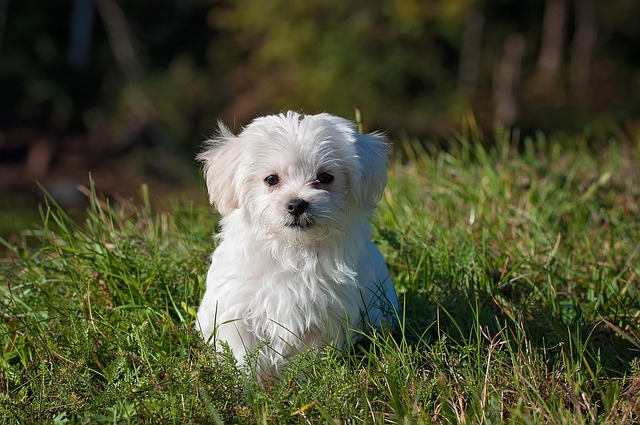What to do if your dog is stung by a bee
admin • 29 May 2023

Dogs love to explore their surroundings and sometimes they may encounter a bee along the way. Unfortunately, bee stings in dogs are relatively common and can cause discomfort and even severe allergic reactions. It is essential for pet owners to know what to do in the event of a bee sting to help alleviate their dog's discomfort and ensure their safety. In this article, we will provide you with first-aid tips to help you deal with this situation.
Identify the sting: When you notice that your dog is acting abnormally, such as biting or scratching the affected area, it's important to check if he was stung by a bee. Look for a small red bump or bump on the animal's skin, which is usually the site of the bite.
Remove the sting: If you can identify the bee's sting, try to carefully remove it. Use clean tweezers or a flat surface, such as a fingernail, to gently scrape the dog's skin and remove the stinger. Make sure not to squeeze the stinger, as this can release more venom into the animal's skin.
Clean the affected area: After removing the stinger, gently wash the affected area with warm water and mild soap. This will help prevent infections. Make sure not to use irritating chemicals or harsh disinfectants, as this could cause your dog more discomfort.
Apply cold compresses: To relieve swelling and pain, you can apply cold compresses on the affected area. Take a clean towel, soak it in cold water, or wrap some ice cubes in a towel and place it gently on the bite for a few minutes. The cool temperature will help reduce swelling and discomfort.
Watch for signs of an allergic reaction: Some dogs can have a severe allergic reaction to bee stings. Watch for signs such as excessive swelling, difficulty breathing, vomiting, diarrhea, weakness, or abnormal behavior. If you observe any of these signs, seek immediate veterinary care as it may be necessary to administer an allergy reliever or other medication to avoid serious complications.
Avoid self-medication: While it's tempting to give your dog human medication to relieve pain or swelling, avoid doing so without a veterinarian's guidance. Some medications can be toxic to dogs, so it's important to
Seek professional guidance before administering any substance to your pet.
Keep your dog calm: After the bite, it is essential to keep the dog calm and calm. Stress and excitement can increase blood circulation and spread the poison faster through the body. Therefore, avoid vigorous activities or games that could agitate the dog. Provide a peaceful and nurturing environment so he can recover properly.
Consult a Veterinarian: While most bee stings in dogs are not a cause for serious concern, it is always recommended that you contact a veterinarian to report the incident and seek further advice. The professional will be able to assess the severity of the dog's reaction to the bite, recommend specific treatments and provide adequate guidance for the case in question.
Consider preventative measures: To avoid future bee stings, especially if you live in an area where these insects are common, consider some preventative measures. Keep your garden clean, free of bee nests and flowers that attract these insects. Also, avoid leaving sweet foods out in the open, as this can also attract bees. If necessary, consult a pest control specialist to help deal with hives near your home.
Bee stings in dogs can be uncomfortable and, in rare cases, lead to severe allergic reactions. Knowing how to act quickly is essential to help your dog recover properly. By following the first aid tips mentioned above, you will be prepared to handle this situation properly. However, always remember to seek veterinary advice to ensure the best care for your pet.